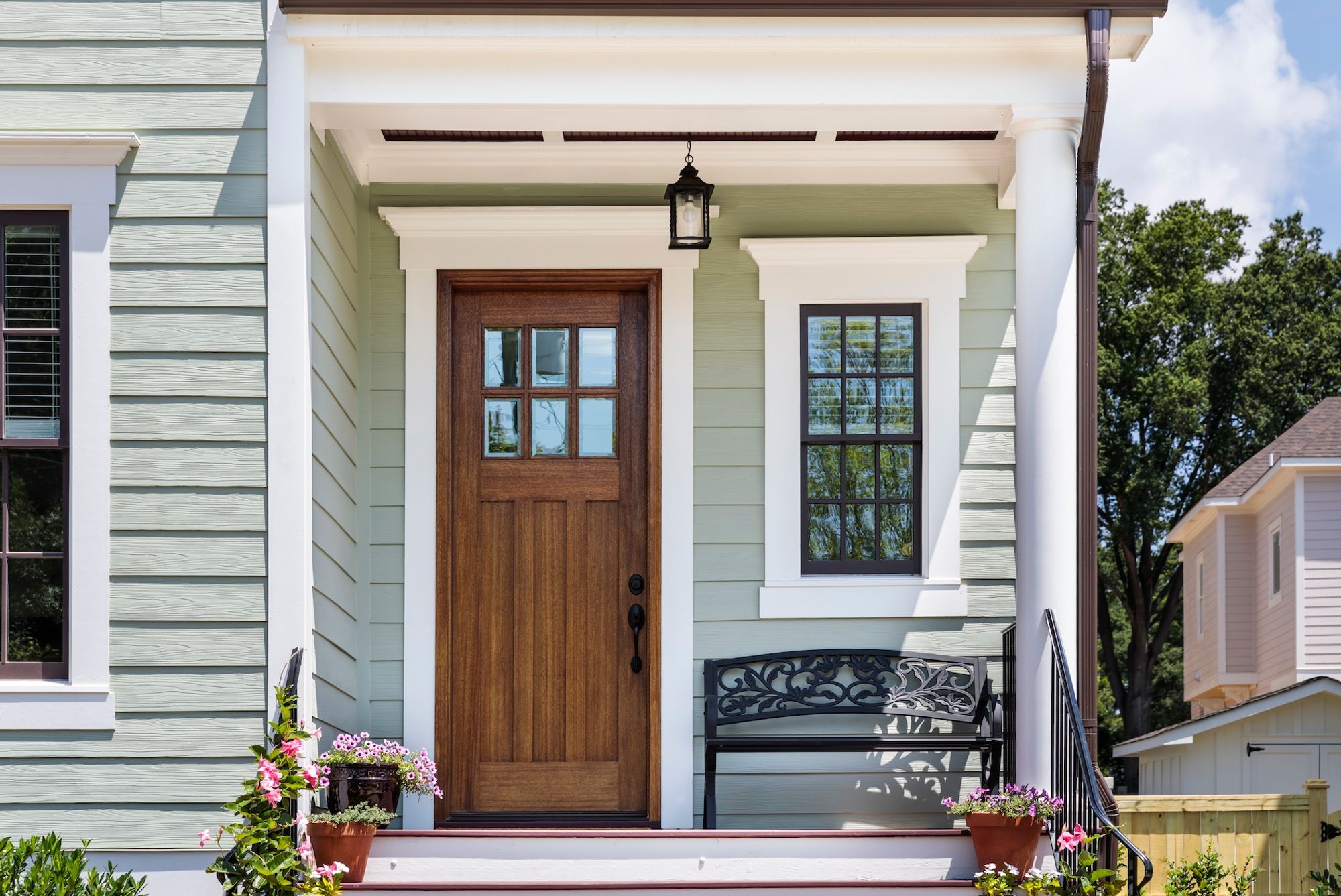Tue May 07 2024
Investing in New Windows: A Guide for Canadians
A small headline that needs to be added to the schema

Windows play a crucial role in a home's overall system, contributing to its functionality, comfort, and energy efficiency. Are you considering upgrading your windows? It’s a decision that can greatly enhance the comfort, aesthetics, and energy efficiency of your home. However, before you dive into this project, it’s essential to understand the costs involved, the benefits you can expect, and how it might impact your expenses in the long run.
Cost Considerations
The cost of new windows in Canada can vary depending on factors such as the type of window, the size of your home, and any additional features you choose. On average, homeowners can expect to pay anywhere from $500 to $1,500 per window, including installation. For a standard-sized home with 10 windows, this can amount to a total cost of $5,000 to $15,000.
Benefits of New Windows
- Improved Energy Efficiency: Old, drafty windows can account for significant heat loss during the winter months and heat gain during the summer. By upgrading to energy-efficient windows, you can reduce your reliance on heating and cooling systems, leading to lower energy bills.
- Enhanced Comfort: New windows offer better insulation, which helps maintain a consistent indoor temperature throughout the year. Say goodbye to chilly drafts and hot spots in your home, and enjoy a more comfortable living environment for you and your family.
- Enhanced Curb Appeal: Windows play a crucial role in the overall aesthetics of your home. Upgrading to modern, stylish windows can instantly boost your home's curb appeal, making it more attractive to potential buyers if you ever decide to sell.
- Noise Reduction: If you live in a noisy neighborhood or near a busy street, new windows can help reduce outside noise, creating a quieter and more peaceful indoor environment.
- Increased Home Value: Energy-efficient upgrades, such as new windows, can increase the resale value of your home. Potential buyers are often willing to pay more for a home with lower energy costs and modern amenities.
Here's how windows are integrated into the various systems of a home:
- Thermal Regulation System: Windows are key components of a home's thermal regulation system, which includes insulation, heating, and cooling mechanisms. Energy-efficient windows help to minimize heat transfer between the interior and exterior of the home, thereby reducing the workload on heating and cooling systems. Properly sealed windows prevent drafts and air leakage, ensuring that the indoor temperature remains consistent and comfortable.
- Ventilation System: Windows also play a vital role in a home's ventilation system by allowing fresh air to circulate throughout the living spaces. Operable windows can be opened to let in fresh air and facilitate natural ventilation, helping to improve indoor air quality and regulate humidity levels. Additionally, strategically placed windows can create cross-ventilation, enhancing airflow and reducing the need for mechanical ventilation systems.
- Natural Lighting System: Natural light is an essential element of interior design and can significantly impact the ambiance and functionality of a space. Windows serve as portals for natural light to enter the home, reducing the reliance on artificial lighting during daylight hours. Well-placed windows maximize daylight penetration, brightening interior spaces and creating a more inviting and pleasant environment for occupants.
- Safety and Security System: Windows are integral to a home's safety and security system, providing emergency egress routes and access points in case of fire or other emergencies. Additionally, modern windows are equipped with advanced locking mechanisms and impact-resistant glass to enhance security and deter intruders. Properly maintained windows contribute to the overall safety and protection of the home and its occupants.
- Aesthetic and Architectural System: Beyond their functional roles, windows also contribute to the aesthetic and architectural appeal of a home. Different window styles, sizes, and configurations can enhance the exterior facade and interior design, adding character and visual interest to the property. Windows serve as focal points, framing views of the surrounding landscape and connecting indoor and outdoor spaces seamlessly.
Before and After Expense Example
Let’s consider a hypothetical scenario where a homeowner replaces 10 old windows with energy-efficient ones. Initially, their monthly utility bills for heating and cooling amount to $300. After installing new windows, most homeowners experience a 20% reduction in energy consumption, resulting in a monthly savings of $60.
Before:
- Monthly utility expenses: $300
After:
- Monthly utility expenses: $240
Over the course of a year, this amounts to a savings of $720. Considering that the average lifespan of high-quality windows is around 20 years, the total savings over the lifespan of the windows could amount to $14,400. This significant reduction in utility expenses can help offset the initial investment in new windows over time.
In conclusion, while the upfront cost of installing new windows in Canada may seem daunting, the long-term benefits far outweigh the initial expense. From energy savings to increased comfort and home value, upgrading your windows is an investment that pays off in more ways than one. So, if you’re contemplating a home improvement project, consider making the switch to energy-efficient windows and start reaping the rewards today.
